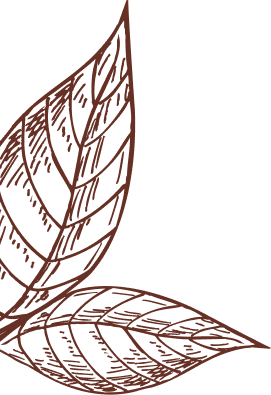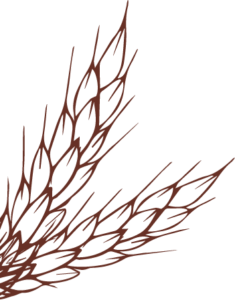FAQ - Frequently Asked Questions


Where can I buy Rosengarten products?
In any well-assorted organic shop and health food store or in our online shop.
Are the Rosengarten products fair?
Our aim is to source ingredients for our Rosengarten products from safe countries such as Germany and Europe or, if this is not possible, to buy ingredients from risk countries only with a recognised social certification. We are already on a good path here.
Da es Schokolade nur aus Risikoländern gibt, arbeiten wir hier eng mit unseren Lieferantenpartnern zusammen, die die Kakaobohnen für unsere Bio-Schokolade zum großen Teil von Kooperativen beziehen. Es ist uns ein wichtiges Anliegen, dass die Erzeuger unserer Rohstoffe für Ihre Arbeit gerecht bezahlt werden, die Gesetze vor Ort eingehalten werden und es z. B. keine Kinder- oder Zwangsarbeit gibt. Daher kaufen wir von unseren Lieferantenpartnern nur fair gehandelte Schokolade ein und bezahlen dafür auch einen Aufpreis. Die Kakaomasse in unserer Schokolade kommt aktuell aus der Dominikanischen Republik und Peru, die Kakaobutter aus der Dominikanischen Republik, Peru und Afrika. Mit dem Mehrpreis werden zum Beispiel Projekte zur Prävention von Kinderarbeit und zur Stärkung von Frauen in Afrika und Lateinamerika sowie Umweltprojekte in unterstützt. Da das Aufbringen des offiziellen Fairtrade Siegels durch die Lizenzgebühren unsere Produkte verteuern würde, verzichten wir aktuell noch auf die Nutzung.
What is amaranth?
Amaranth is not a grain, but belongs to the family of Amaranthaceae. It is one of the oldest crops cultivated by humans and was one of the main foods of the Aztecs, Incas and Mayas. Today there are over 60 different species, which are mainly cultivated in South and Central America, Nepal, India and Pakistan. Amaranth is naturally gluten-free and contains a lot of protein, fibre and minerals such as calcium, magnesium and iron.
Amaranth can be cooked as a side dish or mixed into muesli or yoghurt. Its taste is slightly nutty to earthy.
How are Rosengarten products packaged?
The packaging is mainly used to protect the food. It protects it from drying out, from excessive moisture and from loss of smell and taste.
We therefore pack our products individually according to the requirements of the particular article.
The materials used are paper, cardboard folding boxes and plastic films.
What makes the packaging of Rosengarten products sustainable?
When packaging our products, we act according to the principle "as much as necessary and as little as possible". The packaging is adapted to the individual requirements of the products. In this way, we also adapt the thickness of the plastic films to the requirements and thus reduce the material usage.
When it comes to the materials used, we pay attention to good recyclability and therefore rely on mono-materials and good separability of the packaging components. Wherever possible, e.g. for our cardboard boxes, we use recycled basic materials.